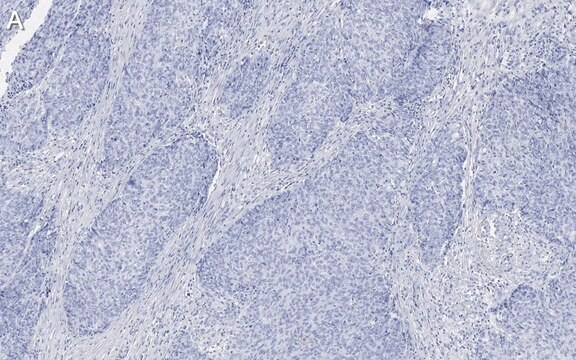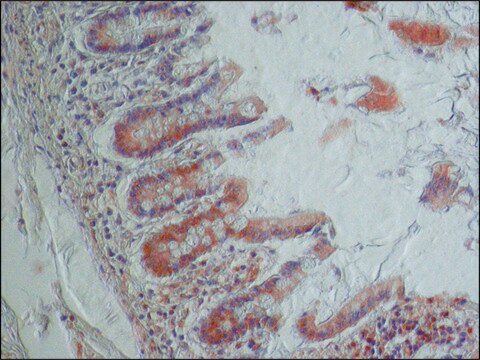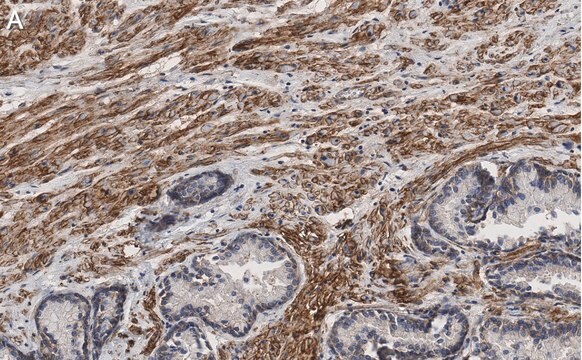CBL1348
Anti-Integrin beta1 Antibody, clone HM beta 1.1
clone HM beta 1.1, from hamster
Sinónimos:
CD29 antigen, Fibronectin receptor subunit beta, Integrin VLA-4 subunit beta, fibronectin receptor beta subunit, integrin VLA-4 beta subunit, integrin beta 1, integrin, beta 1 (fibronectin receptor, beta polypeptide, antigen
CD29 includes MDF2,
About This Item
Productos recomendados
biological source
hamster
Quality Level
antibody form
purified antibody
antibody product type
primary antibodies
clone
HM beta 1.1, monoclonal
species reactivity
human, mouse
technique(s)
immunocytochemistry: suitable
isotype
IgG
NCBI accession no.
UniProt accession no.
shipped in
wet ice
target post-translational modification
unmodified
Gene Information
human ... ITGB1(3688)
mouse ... Itgb1(16412)
General description
Specificity
Immunogen
Application
Cell Structure
Integrins
Quality
Target description
Physical form
Storage and Stability
Analysis Note
NIH3T3, A431
Other Notes
Disclaimer
¿No encuentra el producto adecuado?
Pruebe nuestro Herramienta de selección de productos.
Storage Class
10 - Combustible liquids
wgk_germany
WGK 2
flash_point_f
Not applicable
flash_point_c
Not applicable
Certificados de análisis (COA)
Busque Certificados de análisis (COA) introduciendo el número de lote del producto. Los números de lote se encuentran en la etiqueta del producto después de las palabras «Lot» o «Batch»
¿Ya tiene este producto?
Encuentre la documentación para los productos que ha comprado recientemente en la Biblioteca de documentos.
Nuestro equipo de científicos tiene experiencia en todas las áreas de investigación: Ciencias de la vida, Ciencia de los materiales, Síntesis química, Cromatografía, Analítica y muchas otras.
Póngase en contacto con el Servicio técnico







